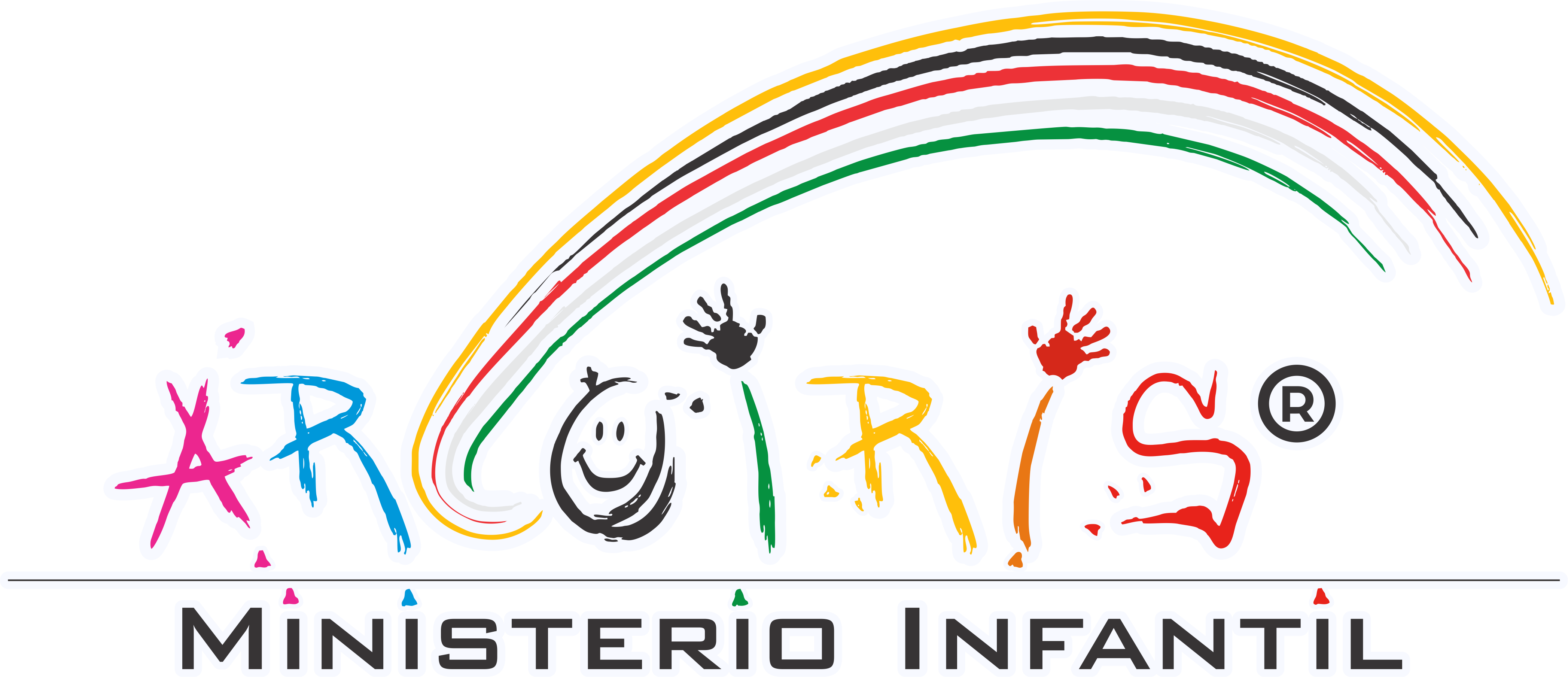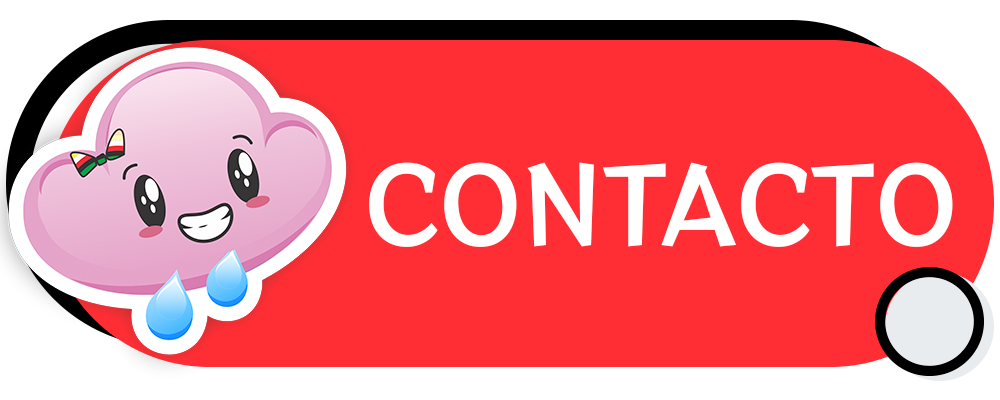KidMin Leaders Solve Problems

 Check out the whole What KidMin Leaders Do serieshere.
Check out the whole What KidMin Leaders Do serieshere.
One of the most important day to day skills the Childrens Ministry leader must have is the ability to solve problems. People are looking for solutions, and whether its Where are the crayons for the 2 year old class? or A parent just hit their kids in the hallwaywhat do I do?weve got to have solutions.
Offering valid and timely solutions to the problems of parents, volunteers and staff goes a long way toward establishing leadership. It also provides a sense of stability & security and, ultimately, a greater probability of success.
Heres a few things to remember about problem solving:
Solving problems does not mean taking responsibility for the problem.We cant let people have a dump & run mentality with their problems. Instead, facilitate the solution for or with them. It may be directing them to the person who knows. It may mean suggesting steps to take to find the solution. Of it may mean thanking them for bringing it to you attention and letting them know you will take it from here.
Solving problems does mean you are always listening, watching and evaluating, and that you are available. A leader understands that problems are inevitable. Big ones. Little ones. Expected and unexpected ones. Its just part of life and ministry. So the leader anticipates problemsnot with fear but with preparedness. Catching problems before they become crises is a significant way of solving them.
Solving problems does not mean you have to know all the answers. As the leader of Childrens Ministry, I would encourage you to know as many of the details as possible, but there is simply no way you will know everything. Instead, it you need to know how to find the solution to whatever the problem isand take the initiative to do so.
Solving problems does mean doing so with a leadership mentality. Do not place the problem over the person. Do not panic. Do not roll your eyes in frustration (even if its the 100th problem of the morning!). Do not blow off the person with the problem. Do not tell them you will find a solution and never get back to them. Do not pass the buck to someone else without them knowing it. Do not blame. You get the idea
When faced with a problems, here some steps to take in dealing with it:
1. Define the real problem. This is especially true of people problems vs. task problems. Often when a person comes to you with a people problem it takes some digging to really understand the real cause of the problem. Take the time and ask the questions that will allow you to identify the real problem. This may mean talking to others, too, and getting more information.
2. Identify possible solutions. If its an easy fix, offer the solution and move on. If its something you really dont know, find the right people and, together, find the answer. If there are more than one possible solutions, identify them, prioritize them and choose the best possible option.
3. Implement the solution. This may be simply answering a question. It could be delegating responsibilities to others. It might mean handling implementing the solution yourself. Or if could be a combination of all of these. Choose the right one and implement it.
4. If possible, set up policies and/or procedures to prevent the problem happening again. Depending on the problem, this may or may not be practical. But you dont want to have to deal with the same problems over and over again. If a policy or a procedure makes sense to prevent a recurring problem, then put it in place.
So what would you add to help solve problems?
Discover more from Ministerio Infantil Arcoíris
Subscribe to get the latest posts sent to your email.





